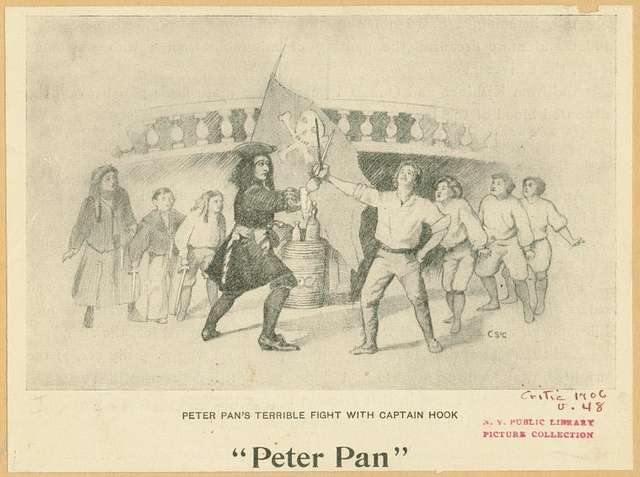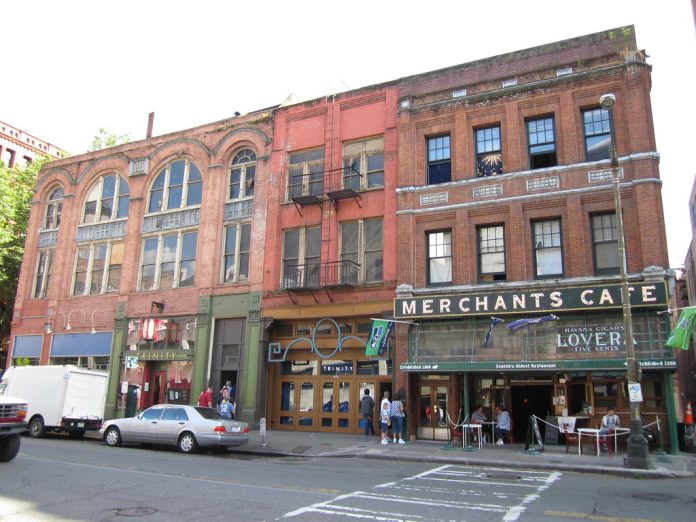The short answer is 153, but the long answer is that we are too young to act this old.
Seattle was founded in 1851 and incorporated as a city in 1869. So, 171 years or 153 years, depending on which you want to use. Either way, it’s longer than one lifetime so it seems like a lot.
On the scale of other cities on this continent, Seattle’s been around a respectable, but not substantial, amount of time. Compared to other cities around the world, we’re infants. How old is Seattle? Somewhere around a gawky teen. It’s a thing we often forget, so perhaps some perspective is in order.
As a first perspective, the City of Seattle is a very tiny blip in the history of human settlement on the Salish Sea. Seattle exists on the unceded land of the Duwamish people, who have built lives and raised families throughout the region stretching back thousands of years. This city’s founders took the name of Duwamish Chief Sealth, then promptly excluded all Indigenous people from the town’s limits. That exclusion law predates the founding of Seattle as a city.
For a second perspective, let’s consider Seattle’s age compared to other world cities. It’s kind of useless to consider the eons that Luxor or Rome have existed because people’s brains don’t flex quite that well. So, let’s try something more tangible. In 1869, when Seattle incorporated, Vienna had a population of 830,000 people (larger than Seattle today) and opened a 1,700 seat opera house. It’s the year Henri Matisse was born. When he got to Paris to paint in the 1890s, the city had 2 million people. And when Seattle was founded, the first Sainsbury’s package goods store opened in London, which had a population of 3.8 million people. Seattle is not an old city.
For a third perspective, we can be a bit more local. Compared to the largest cities in the United States, Seattle is one of the youngest. Only Phoenix and Denver were founded later than Seattle. The average age of the 20 largest cities in the country is 50 years older.
| City (Order of population 2022) | Founded | Age |
| New York City | 1624 | 398 |
| Los Angeles | 1781 | 241 |
| Chicago | 1803 | 219 |
| Houston | 1837 | 185 |
| Phoenix | 1868 | 154 |
| San Antonio | 1718 | 304 |
| Philadelphia | 1682 | 340 |
| San Diego | 1769 | 253 |
| Dallas | 1841 | 181 |
| Austin | 1835 | 187 |
| San Jose | 1777 | 245 |
| Fort Worth | 1849 | 173 |
| Jacksonville | 1822 | 200 |
| Charlotte | 1755 | 267 |
| Columbus | 1812 | 210 |
| Indianapolis | 1821 | 201 |
| San Francisco | 1776 | 246 |
| Seattle | 1851 | 171 |
| Denver | 1858 | 164 |
| Washington D.C. | 1790 | 232 |
Of our sibling cities on the West Coast, there is a split between north and south. Seattle is about the same age as Vancouver, BC (1867) and Portland, Oregon (1845). But California had been a state for decades longer than Washington, and colonized before that. San Francisco was founded in 1776 and Los Angeles fifteen years later.
It’s also interesting to think about Seattle’s arc of significant events. The Great Seattle Fire occurred in 1889 when the city was just 20 years old. The Great Chicago Fire occurred in 1871 when that city was 68 years old. The San Francisco Earthquake was in 1906, 130 years after that city was founded. The closest comparison between founding and devastation may be Atlanta, which was razed by the Union Army in 1864, 27 years after it was founded.
Being only a century-and-a-half old means that Seattle has spent the majority of its existence in the modern age. The entirety of Seattle’s history as a city occurred after the Civil War. Half of the city’s history comes after World War II. Two-thirds of the city’s history came after the first airplane flight, and our close ties to aviation reflect that. Same goes for the existence of automobiles, and the city’s shape and wide highways reflect that too. One-third of the city’s history has occurred in the fifty years since personal computers started to appear in homes. Yup, that’s written in the city’s shape.
The eras of its growth is evident in Seattle’s governance too. Seattle adopted its first zoning ordinance in 1922 (pdf), fifty years after its founding as a city. In the 100 years since, that original map has barely changed meaning two-thirds of the city’s history has been bound by the same set of rules about housing. The 1960’s and 70’s saw the rise of Model Cities and the “urban crisis” that drained cities of resources and abandoned them as over-policed, under represented shells. A third of the city’s history has been spent under this cloud.
Seattle never had a colonial era or an extended period without powered transportation. Or even more than one full generation before the first cars. As the city really started to expand, it was immediately cuffed by modern zoning that was designed for eastern cities who had been dealing with centuries of tenements and segregation. Then the city was curtailed by highway infrastructure. How old is Seattle? This city may just be a child dressed in grownup play clothes.

In Drew Magary’s novel The Postmortal, science finds a cure for aging, allowing people to live forever so long as they’re not severely injured. At one point, some parents give The Cure to their infants in an effort to keep the baby forever as a baby. People are horrified for the kids, but are super pleased with the results for themselves. The whole treatment dissipates in a fiery conclusion.
Being unrealistic about Seattle’s place in history is very similar to this Babies Forever perspective. Does anyone really believe that this is what Seattle will look like for all time? That’s unrealistic and a fast highway to an actually dying city. Look at any news about population decline or unaffordable housing. At their core, the cause is all the roadblocks to building anything new.
Yet people keep injecting Seattle with these cures to aging, these barriers to change. Zoning locks in segregated single homes. Design review nitpicks the look of new apartments based on plans made decades ago. Historic districts literally forbid any change from happening forever. For the age of a city like Seattle, fossilizing whole regions as historic is like tattooing an infant’s entire back with a picture of yourself.
How old is Seattle? Not old enough to be this dour, unchanging, and frozen in the past. The history of Seattle is short, and there are parts of it worth preserving. But a little bit of perspective about the city’s place in history shows which of these relics can be remembered fondly and let go. Today has a right to build its city. The future needs its own memories.
Ray Dubicki is a stay-at-home dad and parent-on-call for taking care of general school and neighborhood tasks around Ballard. This lets him see how urbanism works (or doesn’t) during the hours most people are locked in their office. He is an attorney and urbanist by training, with soup-to-nuts planning experience from code enforcement to university development to writing zoning ordinances. He enjoys using PowerPoint, but only because it’s no longer a weekly obligation.



